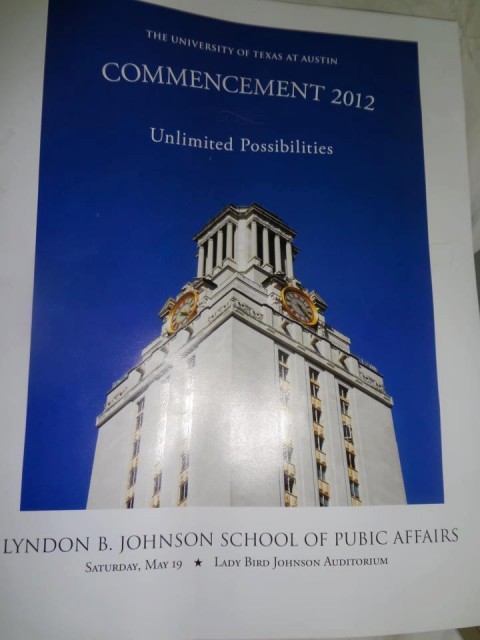Strange as it sounds, Benito Mussolini played a historic role in the introduction of talking motion pictures.
Throughout the early 1920s, various sound technologies for cinema were tested and exhibited publicly. By 1927 two rival companies were on the home stretch in the race to introduce a viable synchronized sound system for widespread commercial use in theaters. Warner Bros. had invested heavily in a recording-on-disc method trade-named “Vitaphone,” and would unveil the first feature film with recorded dialogue sequences, The Jazz Singer, on October 6, 1927. Meanwhile the Fox Film Corporation was developing a sound-on-film technology, called “Movietone,” that would later become the industry standard. With Movietone the audio was recorded as a variable-density optical track on the film, alongside the visual image, instead of on a separate gramophone record.
To beat Warner Bros. to the punch, Fox premiered its Movietone feature Sunrise, by the German expressionist filmmaker F.W. Murnau, at Times Square in New York on September 23, 1927, two weeks ahead of The Jazz Singer. Murnau’s film had synchronized music and sound effects, but no dialogue. The heavily publicized event included the screening of a pair of Movietone newsreels: one of the Vatican choir, the other of Mussolini. “See and Hear ‘The Man of the Hour’ His Excellency Benito Mussolini, Premier of Italy,” said a Fox advertisement. “He speaks to you and lives before your eyes on the Movietone!” The ground-breaking newsreel was a publicity coup for both the movie company and the dictator. Film historian Donald Crafton provides some background in his book The Talkies: American Cinema’s Transition to Sound, 1926–1931:
On 20 April 1927, Charles Pettijohn, general counsel for the Hays Office and head of the Film Boards of Trade, was meeting with Benito Mussolini. He suggested that the dictator sit for a filming, and Mussolini, a longtime film buff, readily agreed. Il Duce liked the result so much that he ‘is having a talking film prepared that will show his daily activities.’ Mussolini reportedly said, ‘Let me speak through [the newsreel] in twenty cities in Italy once a week and I need no other power.’ This film would enable him to appear in public with no threat of assassination.
The original version of the “Mussolini Movietone” included footage of Fascist regiments drilling, and a grand introduction of the dictator by the American ambassador to Italy, Henry P. Fletcher. “I am very glad,” Mussolini says in the newsreel, “to be able to express my friendly feelings towards the American nation, friendship with which Italy looks at the millions of citizens, who from Alaska to Florida, from the Pacific to the Atlantic, live in the United States, which lay deeply rooted in our hearts.” Fourteen years later Italy and the United States were at war, and less than four years after that, on April 28, 1945, Mussolini was killed by his own people. They made a newsreel about that, too.
If you would like to sign up for Open Culture’s free email newsletter, please find it here. Or follow our posts on Threads, Facebook, BlueSky or Mastodon.
If you would like to support the mission of Open Culture, consider making a donation to our site. It’s hard to rely 100% on ads, and your contributions will help us continue providing the best free cultural and educational materials to learners everywhere. You can contribute through PayPal, Patreon, and Venmo (@openculture). Thanks!



